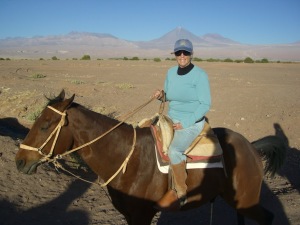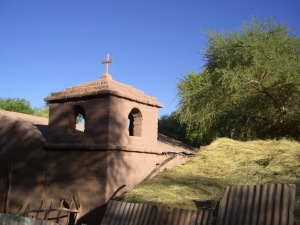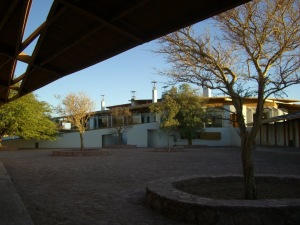 mertime – the dust is as deep as sand on a Florida beach. And when the horses – mine’s name was Pampolla – step in the dirt, dust flies up in thick clouds and becomes your aura. I must have consumed a thousand calories of dust even with my mouth shut and tried to remember my other dusty days – lon daily safaris in Tanganyika when we hunted eland and impala for the coffee shamba employees (dust was a constant companion in Africa), and even in Jackson Hole there were times when you could identify a visitor arriving by the whirlwinds of dust in his wake. A true cowboy has dust woven into his hat.
mertime – the dust is as deep as sand on a Florida beach. And when the horses – mine’s name was Pampolla – step in the dirt, dust flies up in thick clouds and becomes your aura. I must have consumed a thousand calories of dust even with my mouth shut and tried to remember my other dusty days – lon daily safaris in Tanganyika when we hunted eland and impala for the coffee shamba employees (dust was a constant companion in Africa), and even in Jackson Hole there were times when you could identify a visitor arriving by the whirlwinds of dust in his wake. A true cowboy has dust woven into his hat.

Pampolla and me in front of Volcan Licancabur.
Well, Atacama isn’t Jackson Hole where you never escape the glory of the Grand Tetons. But here the naked Andes range colors every aspect of life and sucks all the moisture out of it as well. Our horse trek was on the flat through a small town called Soto, where in tiny plots grow alfalfa and maize, and the usual contorted and pronged desert trees, many versions of acacia and the twisted Quenoa – which has a dry bark covered by cellophane thin coatign that tears in the wind – that dare to grow here in this tiny but natural oasis. I saw one pink rose bush all by itself and a series of Burwing owls hanging out in the decline of afternoon light on blonde fence posts from the Chanar tree. In small plots, people keep domesticated alpacas and llamas, symbols of the Altiplano (high life near volcanos and mountains) – what cute faces – and to think people eat their meat- but llamas get theirs by spitting at things they don’t like with a vicious, sticky, stinky slime. No cattle here consequently no cow droppings, only goats roam with pastors among the boulders. No wild cats. If snakes pass, they are not poisonous.

Pueblo church with plenty of hay stored by its side.
Chilean saddles are large with a comfortable seats more like western saddles, not like Uruguayan gaucho saddles when I feel I will slip off the rump of the criollo pony. But new to me (I lived on a horse farm until mid-40ties) was the calf chaps that go up only to the knee – that are held together by velcro and apparently are more popular in North America than the cowboy-styled well-fringed stove legged ones. Little did I know. But I did know to lean forward off the kidneys when Pamplona needed to pee. These mountain horses are just, well, horses. Nondescript but hefty. Not criollas. Not cow ponies. They have acclimatized to this elevation but they don’t go to higher altitudes.

This morning I’m refreshing (I drink tall glasses of custard apple juice. It’s delicious) and reading Chilean poet Pablo Neruda’s work in Spanish (my all time favorite poet) and in the afternoon will hike to salt flats to see flamingos. I’ve seen swarms of flamingos at Haileah race track outside Miami, captured ones of various species, even white, at Sea World and hundreds of flamingo living int he middle of Lake Manyara near the coffee shamba I lived on in Tanganyika in the ‘ 60ties. Will Andean flamingos amaze me with the same kind of pink majesty ?

